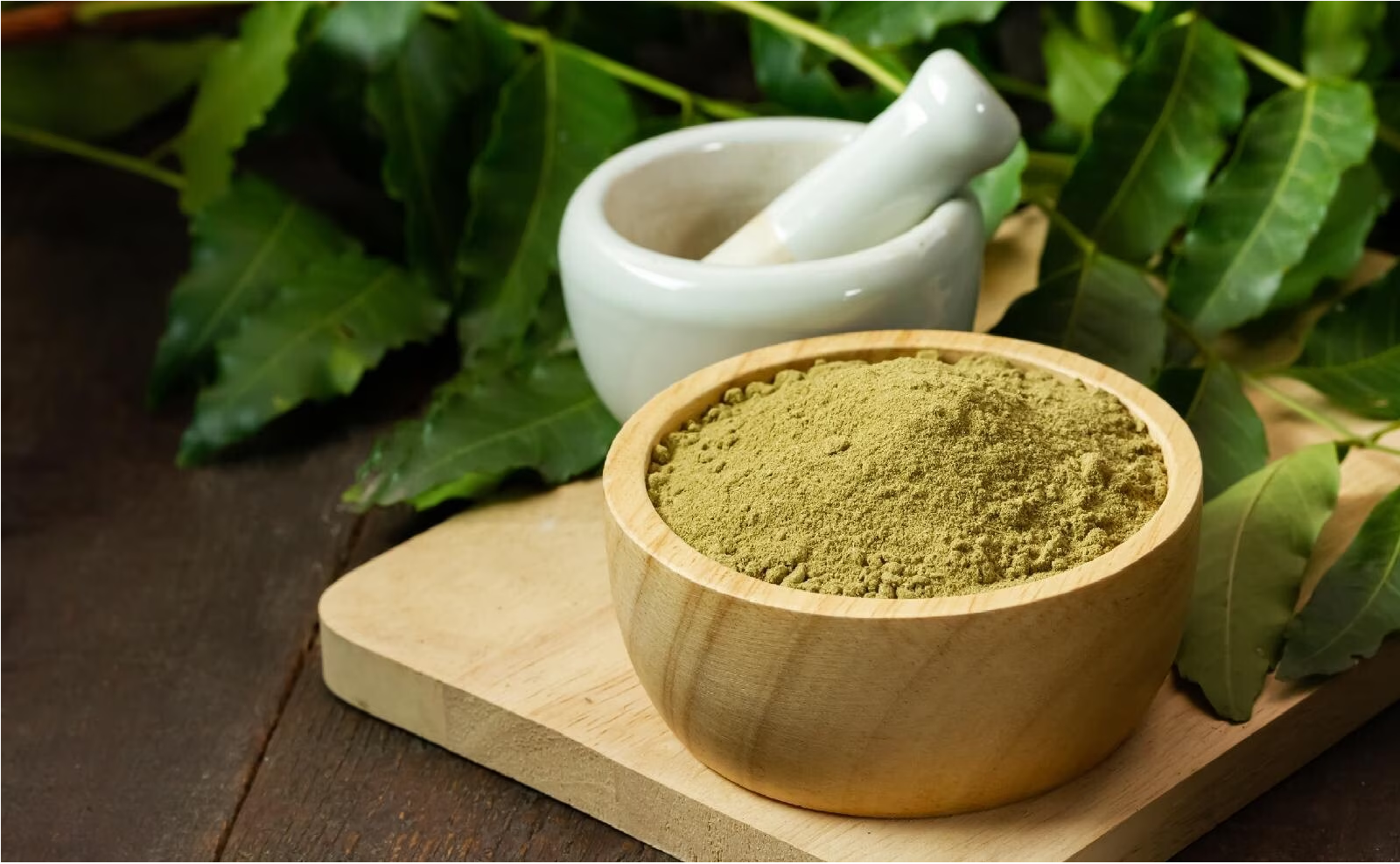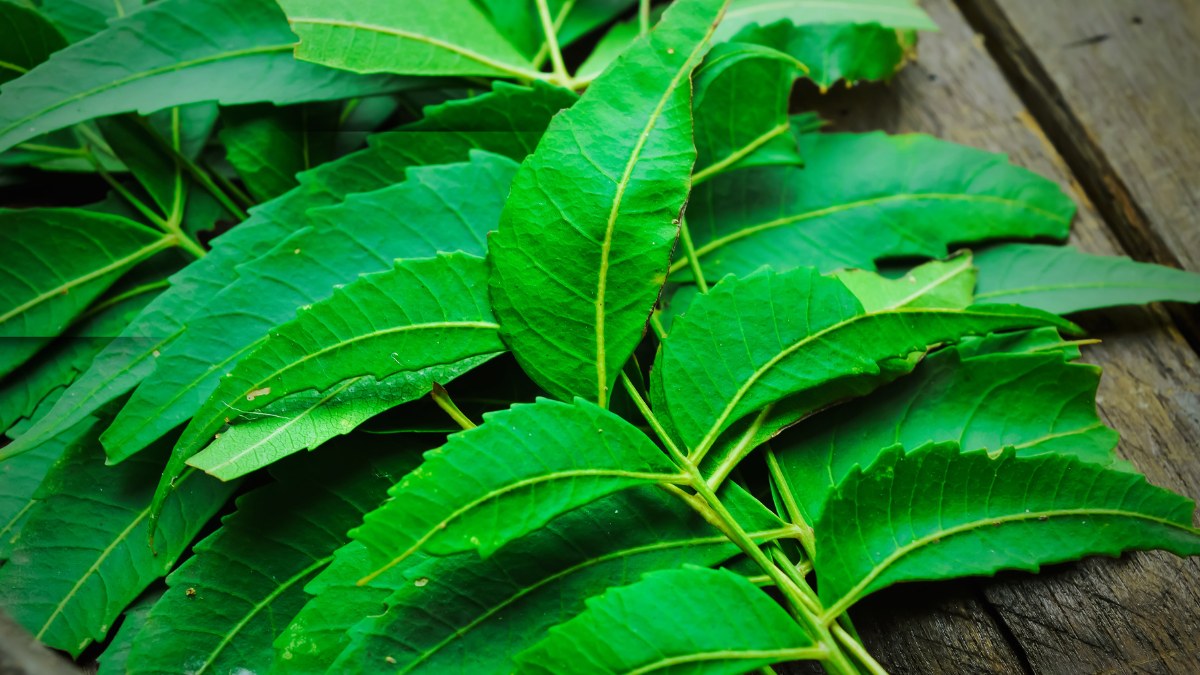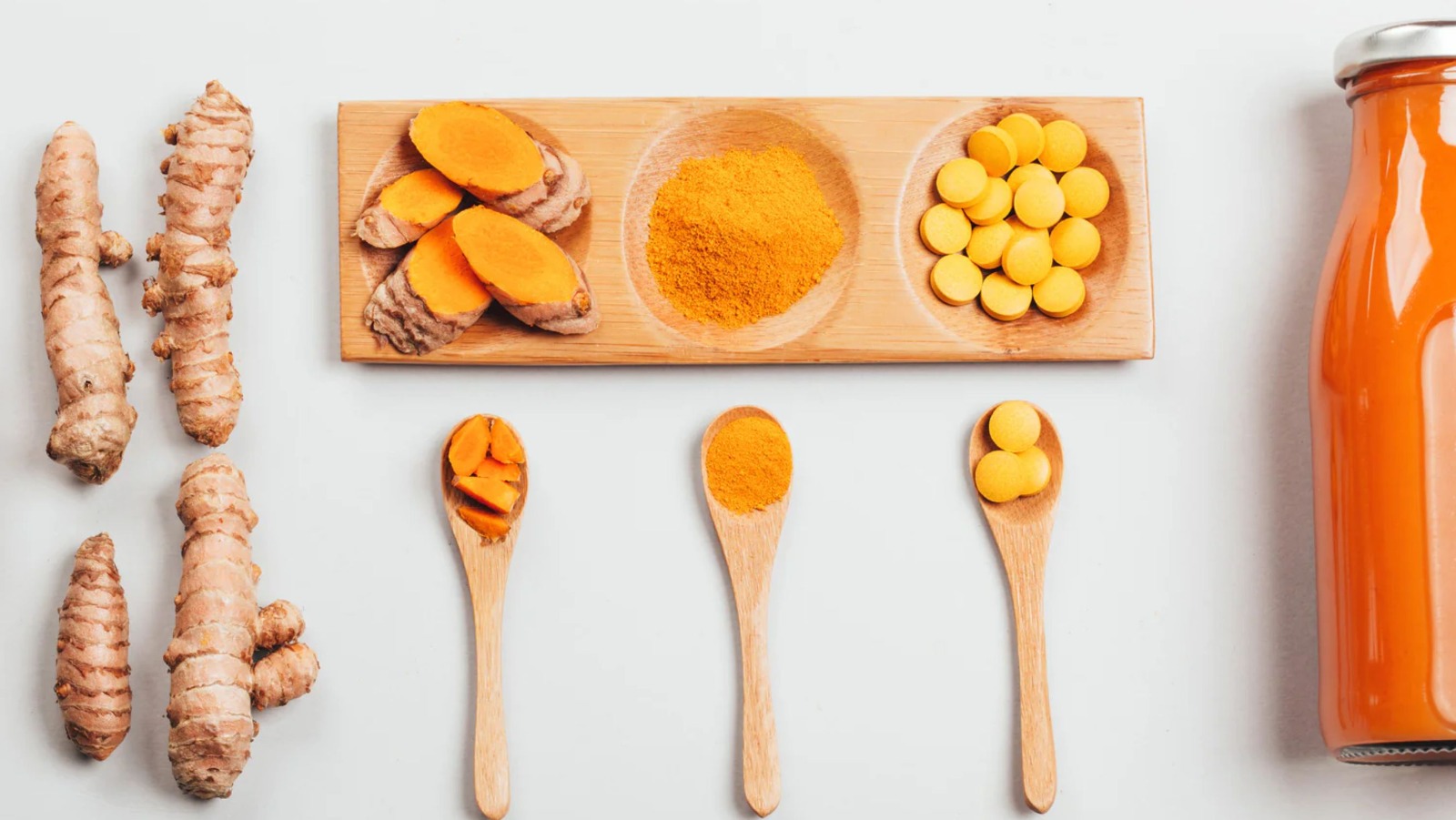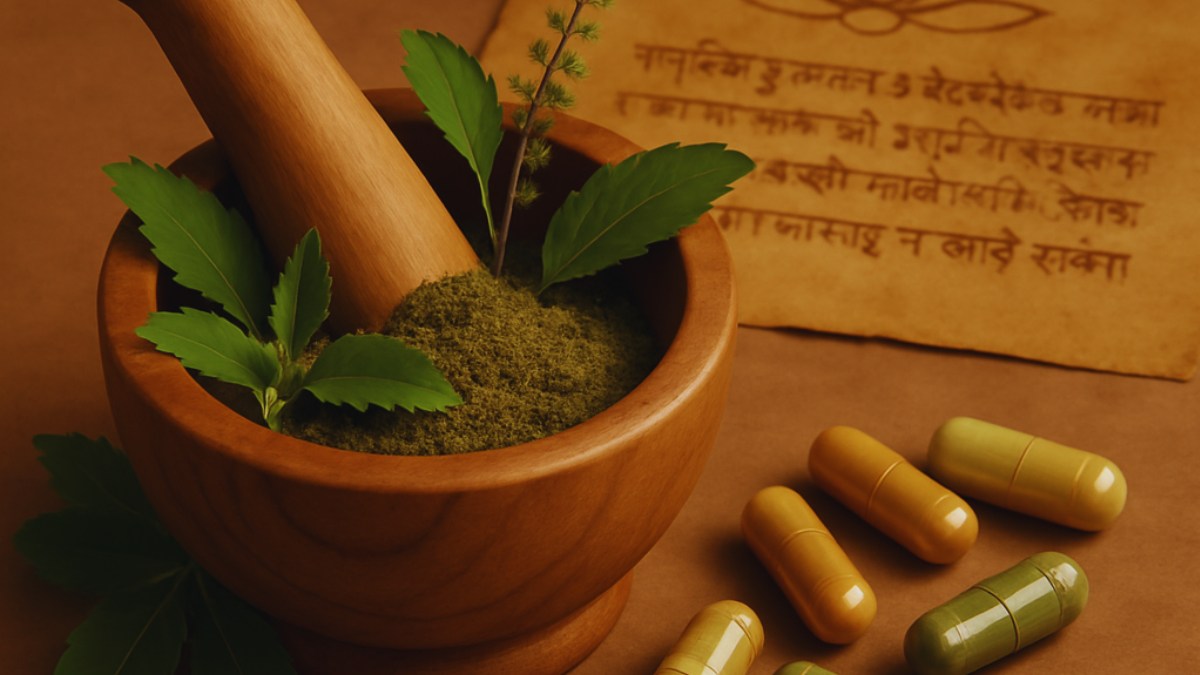KP Phyto has invested heavily in understanding the points along the supply chain that must be controlled for the best quality outcomes in Neem ingredient quality. We also invest into the understanding and development of the research behind Indian traditional botanicals…with a focus this month on Neem!
Neem in the Environment
The Neem tree is very drought tolerant and has the ability to survive in areas with high temperatures, making it an interesting shade tree option for hot dry locations. However, it does have the ability to spread, making it an invasive problem in some areas of the world.

Neem is also an ally to sustainable and regenerative agriculture, as it is identified as a source of safe and natural phytochemicals which can be used to protect other crops.
Applications
Neem is famous for its phytochemical-rich extracts and essential oils, and its various plant parts are prepared for numerous kinds of topical and internal applications. Surprisingly, it is also consumed as a food in some areas, especially the young shoots, or processed in a way that reduces its bitter flavor, such as pickling, frying, or combining with another component, such as Tamarind to offset its flavor.
The Neem flowers are used in foods and flavorings as well, and fruits when they are fully ripe may be consumed or processed into beverages. With 15% protein, the leaves are also consumed as a famine food or processed to reduce bitterness.
Traditional Use
Neem has a long traditional use in India, and in Ayurveda every part of the Neem plant have properties that are utilized. In the Siddha traditional medical system, some say the oldest and most ancient of all the medical systems, the first medicinal plant named is Neem.

Neem is considered to be very cooling in Ayurveda, which can clear the excess heat of imbalanced Pitta. It is light and dry and thought to have an affinity to the blood, which can reduce the excess Pita if in the blood or expressed on the skin. For this reason, it is often used in topical applications to support skin health, and calming irritated skin, while also supporting immunity.

Neem has an amazing number of uses, and is popular in preparations for supporting healthy skin, hair, joints, immune system and even oral hygiene. A Neem chewing stick is often used for oral hygiene in India. It is also sometimes used as in deodorants and preparations for the feet.
Beyond personal health, Neem is also utilized as an insect repellant, and it is included in many festivals in India for its symbolic/spiritual meanings. It is important to get the right kind of preparation for its safe use internally, but it has been used safely like this for a very long time.
Active Compounds
Neem is a good example of a botanical with traditional uses that really can’t be explained by narrowing its benefits to one or two phytochemicals. Neem contains over 140 active compounds that have been found to have a wide range of activities under scientific investigation, including antioxidant, microbial and blood sugar balancing, and skin health properties. Among the compounds present are isoprenoids, proteins, flavonoids, polysaccharides, coumarin, tannins and dihydrochalcone.
Among the most studied phytochemicals are the limonoids (compounds with four, six-membered rings and one five-membered ring) which make up about a third of the phytochemicals extracted from the Neem tree. They have been well studied for their antimicrobial, antioxidant and cytokine-balancing activities, and include nimbolide, nimbin, nimbidin, azadirachitin and gedunin.

Science & The Future
There are several exciting areas of research and application of Neem extracts. Neem leaf and twig extracts have shown benefit in studies involving blood sugar balance and metabolic health. For example, one study found dose-dependent reductions in fasting and post meal blood glucose levels, as well as glycated haemoglobin (HbA1c) over 12 weeks.
The Neem seed oil is rich in fatty acids with benefits to skin health. Topically, it has been found to be cytokine balancing, as well as useful for promoting a clear complexion. Used on the hair, Neem seed extract has been traditionally used and also confirmed in studies to be useful against lice, as well as benefitting the skin on the scalp.
Several studies support the use of Neem for dental and oral health, which is in-line with its traditional use as a chewing stick in India. Among the benefits found are reduction in plaque formation, immune boosting and cytokine balancing in the oral cavity.
Besides its topical and traditional uses, very modern herbal applications of Neem can be found in Functional Medicine, where functional medicine doctors and practitioners utilize Neem today for supporting microbiome balance based on lab results. The use of Neem for this purpose is based on the number of benefits to the gut that have been observed in studies, including supporting the proliferation of good microflora, without supporting the growth of bad intestinal bacteria, breaking up intestinal biofilms, and reducing hyperacidity.
Thank you for Reading!
*This content is for informational and educational purposes only. It is not intended to provide medical advice or to take the place of such advice or treatment from a personal physician.







